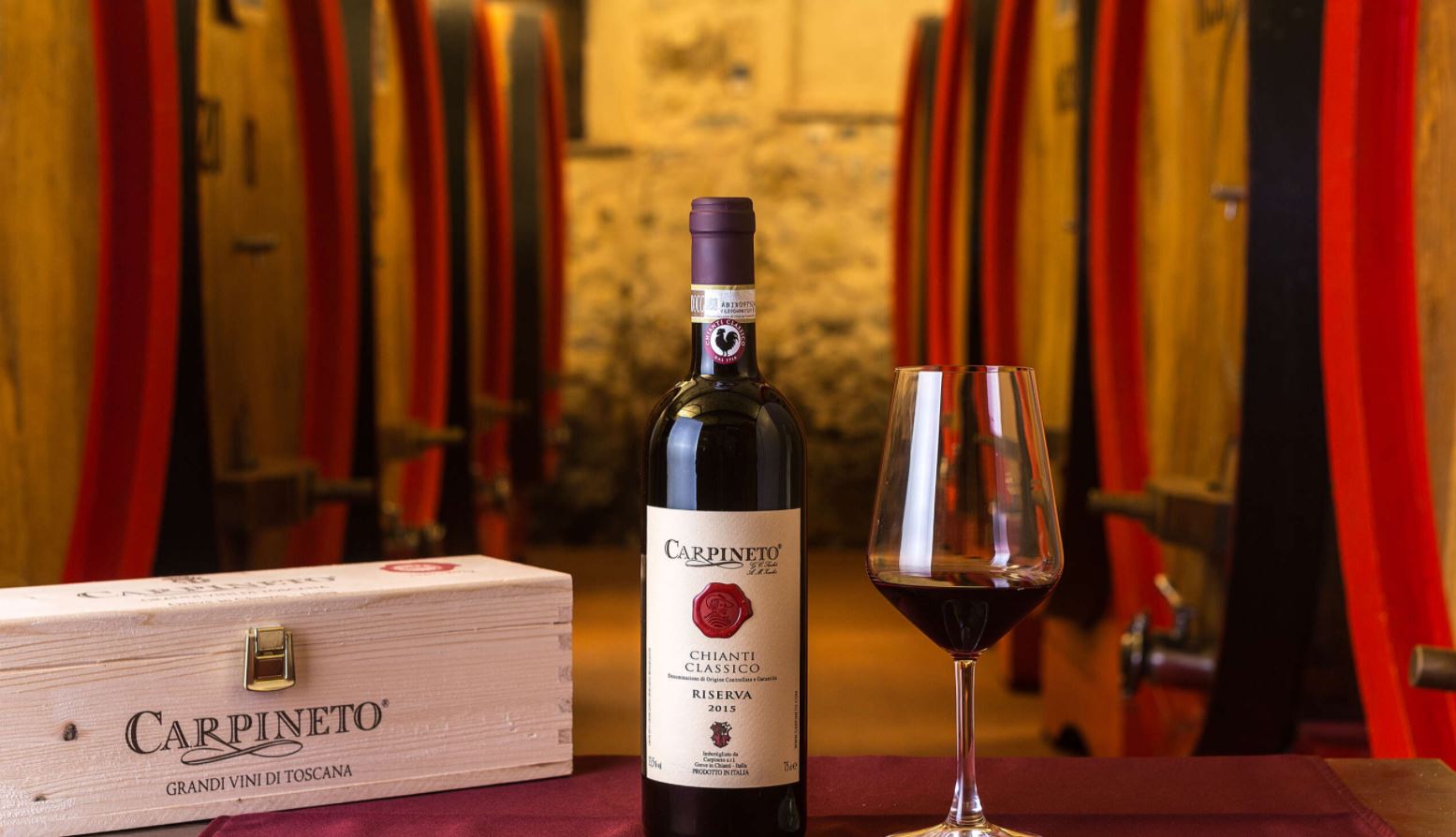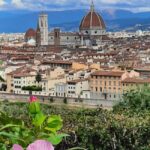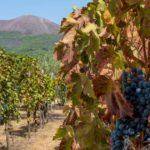In the Heart of Tuscany: Where Wine Meets History , Tuscany is famous throughout the world for its natural beauty and rich history. And it is also home to some of the most prized and celebrated wines in the world.
From its ancient Etruscan roots to the present day, Tuscan wine is a celebration of the land, the people and the passion that has cultivated it for centuries.
It is not just a region of vineyards, but a place where every bottle tells a story: that of culture, nature and timeless beauty.
Whether it is the deep complexity of a Brunello or the fresh elegance of a Chianti Classico, Tuscan wines offer more than just flavor: they offer an unforgettable journey through one of the most renowned wine regions in the world.




















